Let's then go back to the 60s and 70s of the last century, a time when the German car offer at the level of generalist brands still reflected the post-war depression. Cars mirrored the Germans' state of mind: they were all dull and serious.
If they were good means of transport? No doubt. Comfortable and reliable? Too. But it was no more than that. The alternative to this depressing picture had some costs. Either one opted for the unreliable English cars or for the "scarcer" but tiny Italian sports cars.
It was then that BMW — an acronym for Bayerische Motoren Werke, or in Portuguese Fábrica de Motores Bávara — after starting to build engines, later motorcycles and also cars, decided to enter the automotive market more assertively. At a good time, he did.
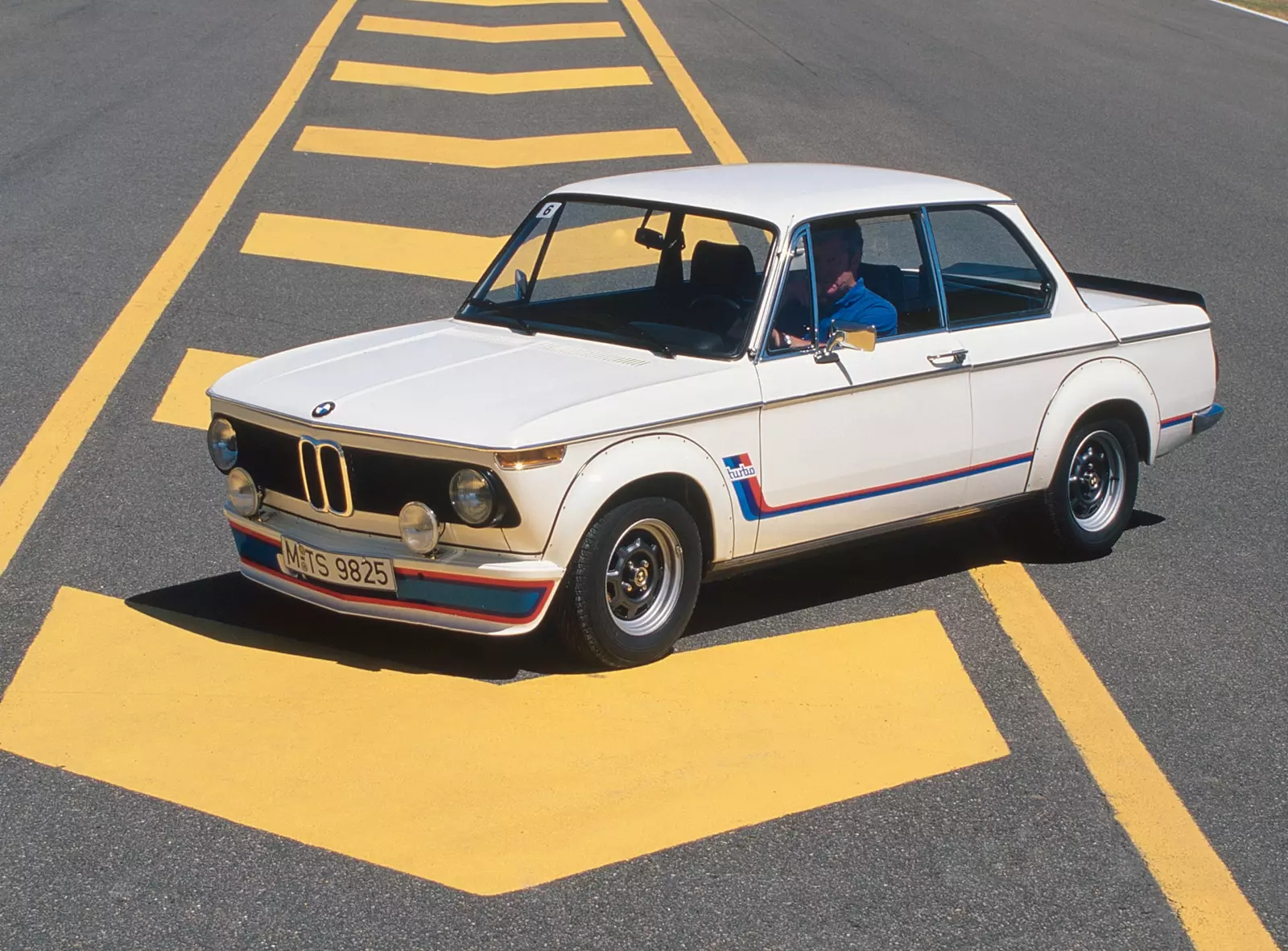
And it did so with the 1500 model, which was everything that other contemporary saloons in that segment, not most, were not: reliable, relatively expedited, and moderately spacious. The 1500 could carry five adults with some comfort and it was based on this model that the models 1600, 1602 and the entire 2002 ti, tii and Turbo family were born. And it is the latter, the 2002 Turbo, that is the reason for this trip into the past.
2002 Turbo, a «nonsense creation»
In a nutshell: the 2002 BMW Turbo was a 'nonsense creation', a veritable exercise in madness.
Based on the BMW 1602 and using the 2002 tii block, the 2002 Turbo contravened all established conventions. Less than 900 kg in weight for 170 hp at 5800 rpm — that's in the 70s!
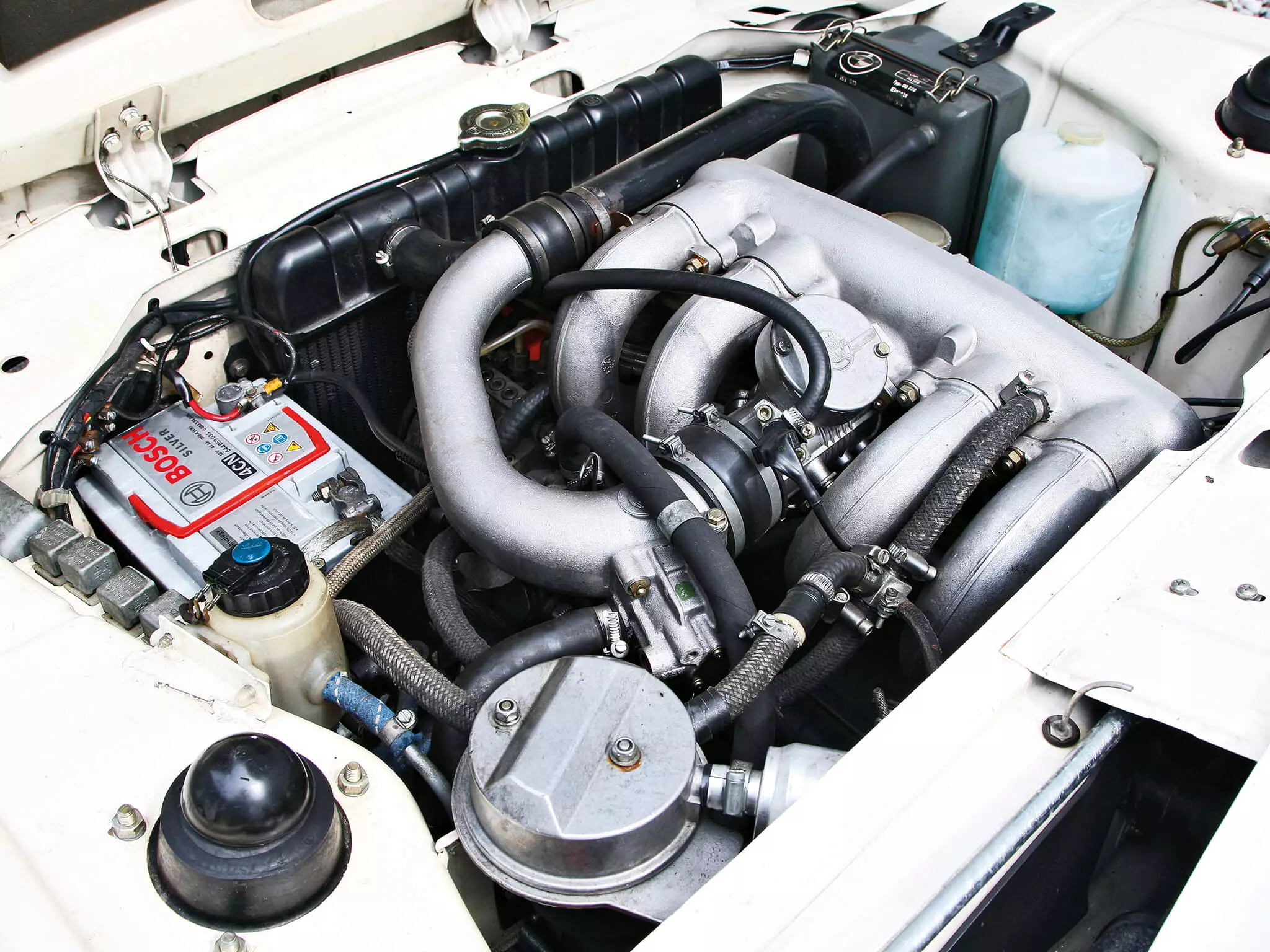
Power that was «gently» supplied by a four-cylinder engine, of just 2000 cm3 fed by a KKK turbo at 0.55 bar without dump-valve and Kugelfischer mechanical injection. As Brazilians say: Wow!
This was, in fact, one of the first models that brought supercharging into series production. . Until then, no car had fitted a turbo.
I remember that supercharging was a technology that since its inception was reserved for aviation, so it even makes some sense that BMW — bearing in mind its aeronautical origins — was the pioneer in the application of this technology to the automotive industry.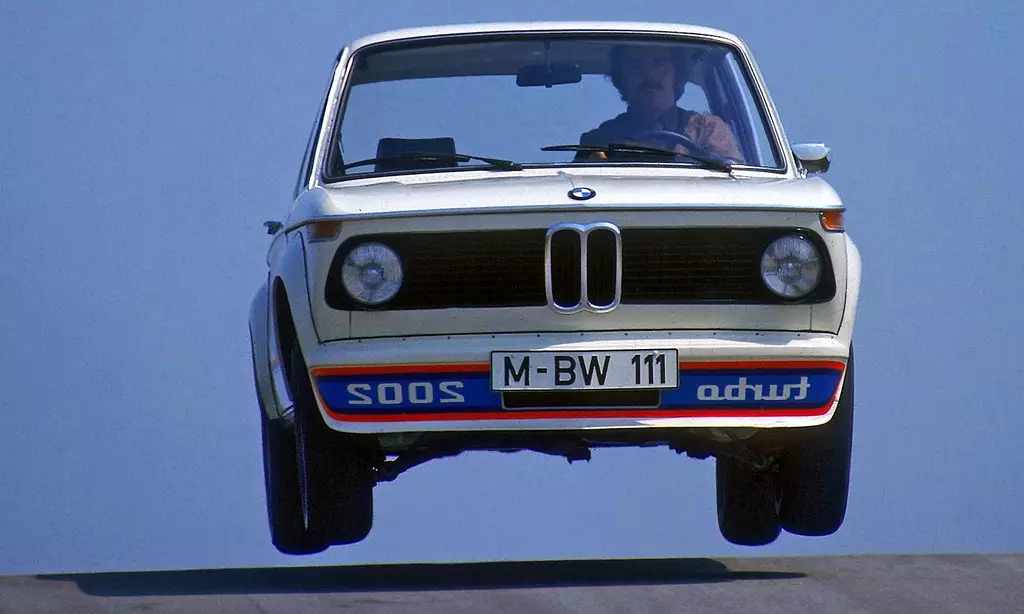
All this technological hodgepodge had as a consequence numbers that even today embarrass many sports players: 0-100km/h accomplished in 6.9s and a top speed “touching” 220km/h.
As these weren't enough ingredients to raise adrenaline levels, all this power was «drained» through the rear axle, through tires so small that they were able to rival the measures of a pram: 185/70 R13.
But the "madness" did not stop there—in fact, it has only just begun. Forget variable geometry turbos, docile power delivery engines and fly-by-wire throttles.
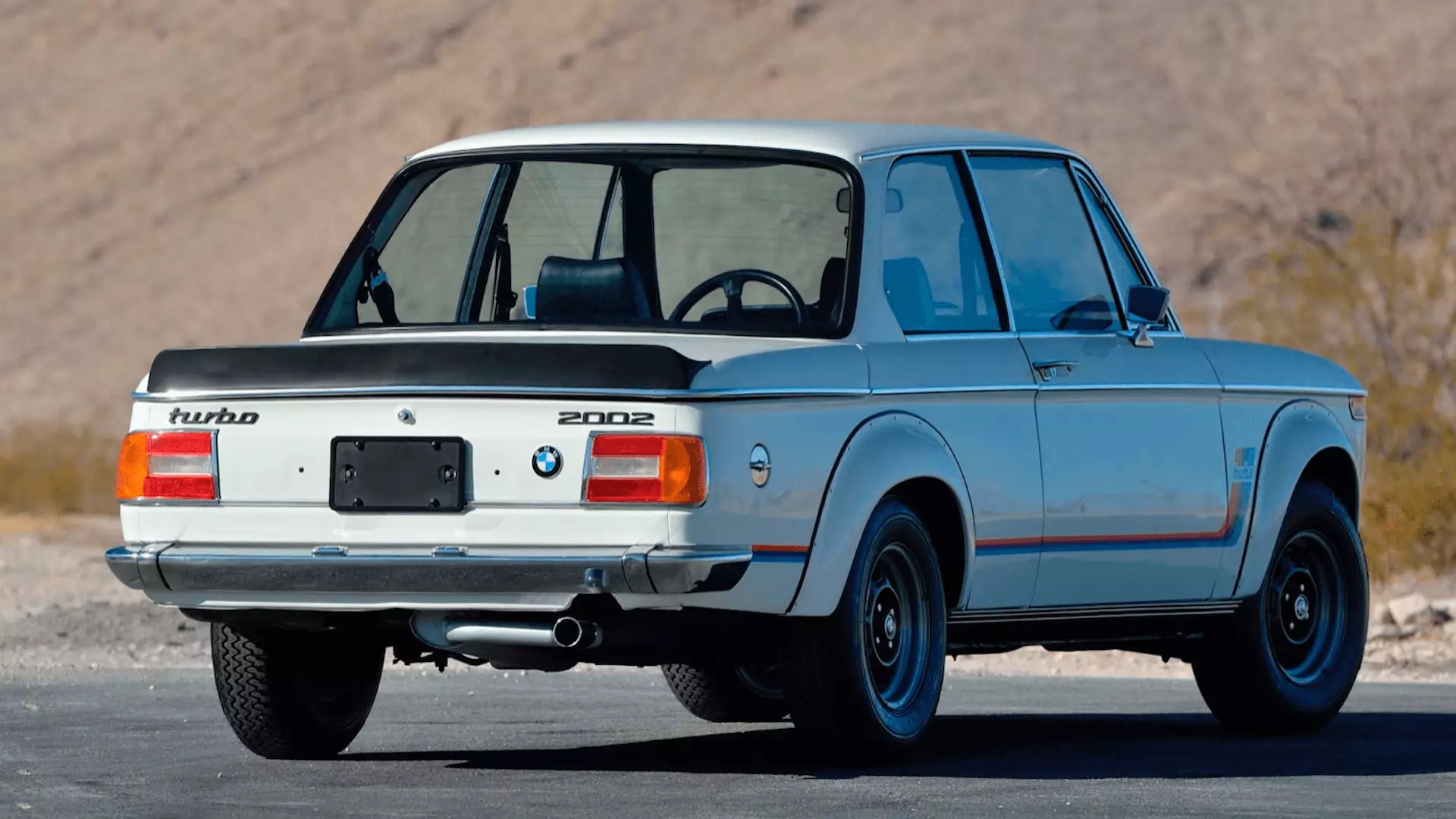
The 2002 Turbo was a rough car with two faces: tame as a kindergarten teacher down to 3800 rpm and from then on, brutish and rugged as an ill-tempered mother-in-law. And what a mother-in-law! This bipolar behavior was due to the presence of an “old-fashioned” turbo, ie, with a lot of turbo-lag. While the turbo didn't start working everything was ok, but from then on… deviate. The festival of potency and burnt rubber will begin.
Sportiness through every pore
But don't think that the 2002 Turbo was just a powerful engine in a small BMW body. The 2002 turbo was the state-of-art sports car design of the time.

The entire car exuded sportiness: bigger brakes, wider wheel arches and locking rear differential were part of a package that also included sports steering wheel and seats, turbo gauge, pronounced front and rear spoilers and finally blue and red stripes along the car. car.
Yes, you read that right: blue and red bands. Can't you remember the colors of something? Exactly, the colors of the BMW M! Then, the colors that would accompany BMW's sports line were launched until today.
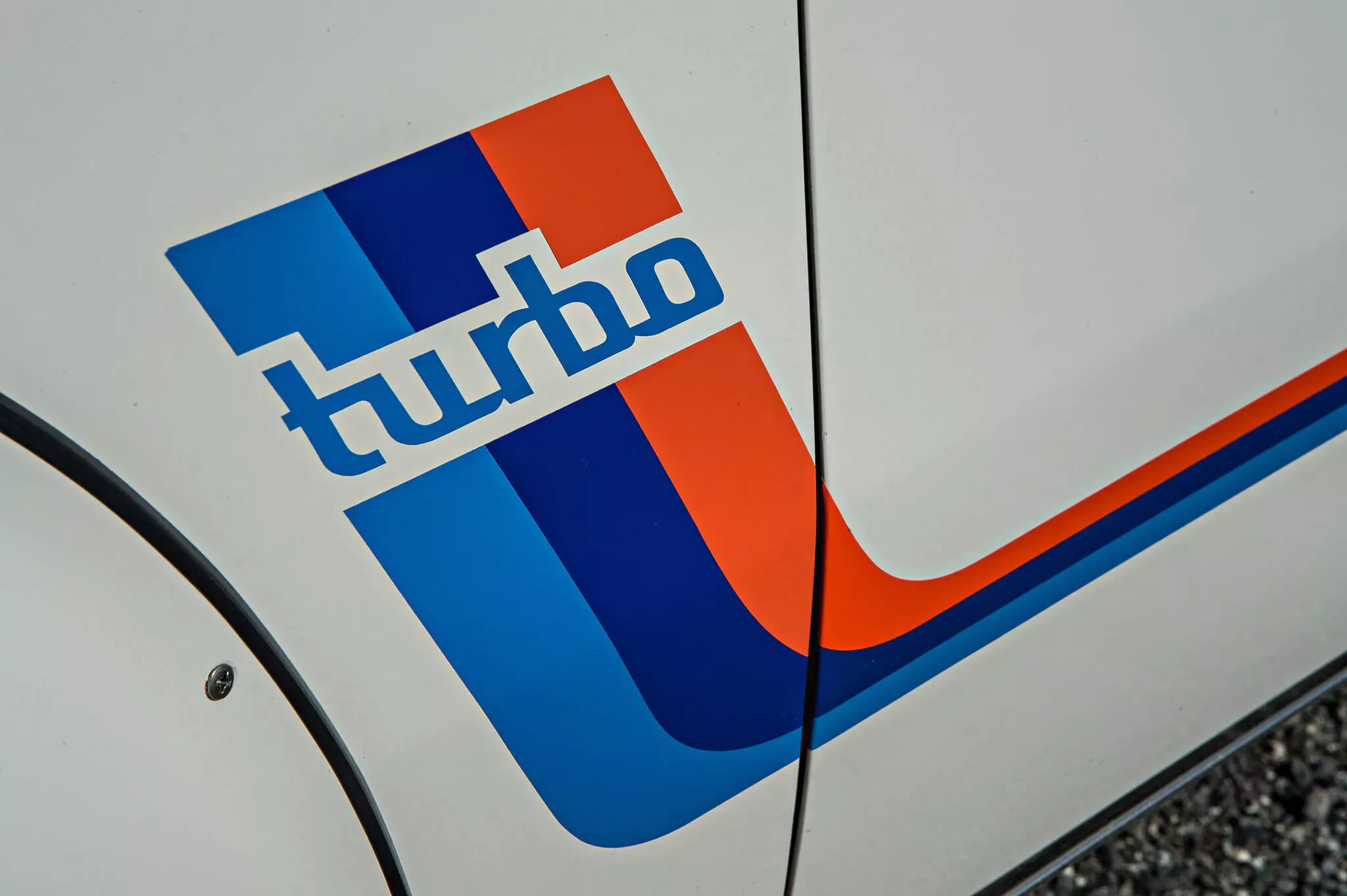
Turbo «upside down»
But the final touch of madness, which confirms the inebriated state of the Bavarian administration when they approved the production of the 2002 BMW Turbo, is in the inscription “2002 turbo” on the front spoiler in an inverted way like… on ambulances.
It was said at the time that it was for other drivers to distinguish the 2002 Turbo from the other models in the range and let it pass. Yes that's right, to go astray! The difference in performance between the 2002 Turbo and the other cars was such that it literally threw them into the ditch.
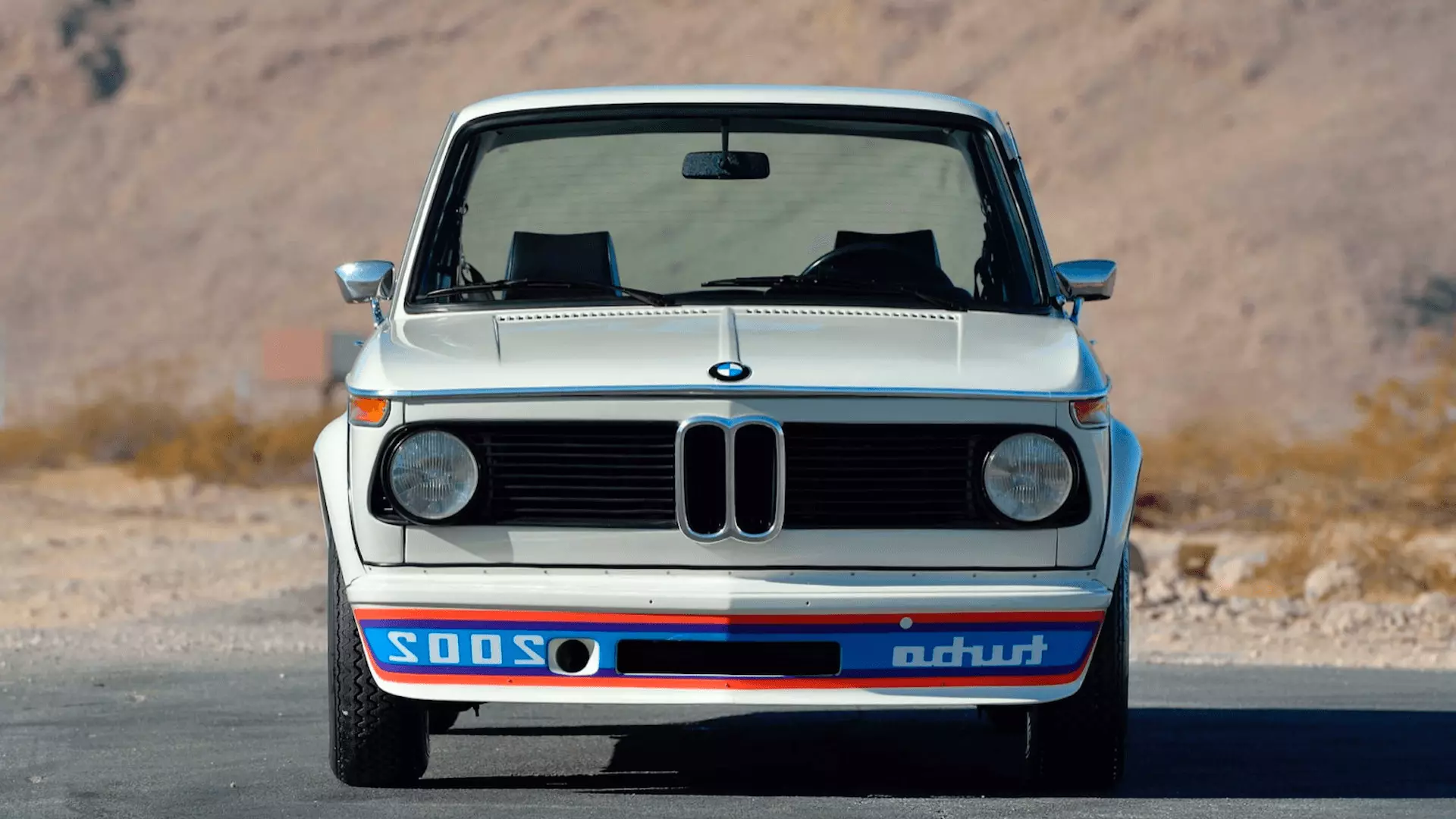
By the way, driving a 2002 BMW Turbo was based on this philosophy: toss the other cars into the ditch and cross your fingers not to end up there by dragging. A car for men with a thick beard and chest hair so…
short reign
Despite all the attributes and «flaws» the reign of the BMW 2002 Turbo was short-lived. The 1973 oil crisis overturned any commercial aspirations that the model had, and a year after the 2002 “compulsive-consumer-of-gasoline” Turbo went on sale, it was no longer produced, it was the fateful year of 1975.
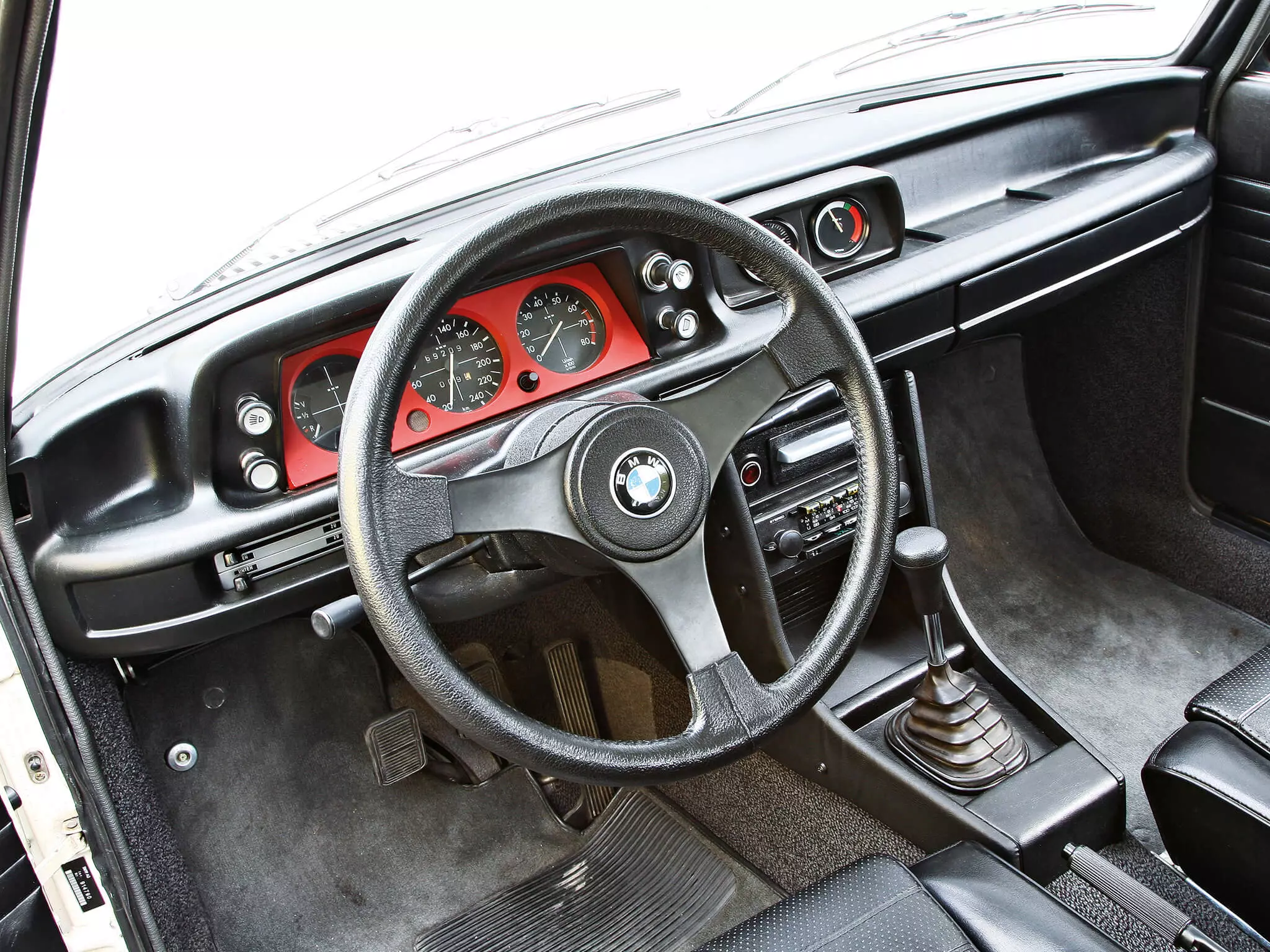
But the mark remained. The brand of a model that pioneered the use of the turbocharger and that sowed the seeds of the future “M” division.
There are those who give the 1978 BMW M1 the title of “first M”, but for me there is no doubt that one of the legitimate parents of M Motorsport is the BMW 2002 Turbo (1973) — which along with the 3.0 CSL (1971) gave the kickoff to BMW Motorsport.
But it was the 3.0 CSL that the brand's engineers ended up giving priority to, coming closer to the competition specifications of the touring cars of that time than the 02 Series, with which the first preparations for competition began (launched in 1961). The legacy of these models lives on in the most iconic BMW models: the M1, M3 and M5.
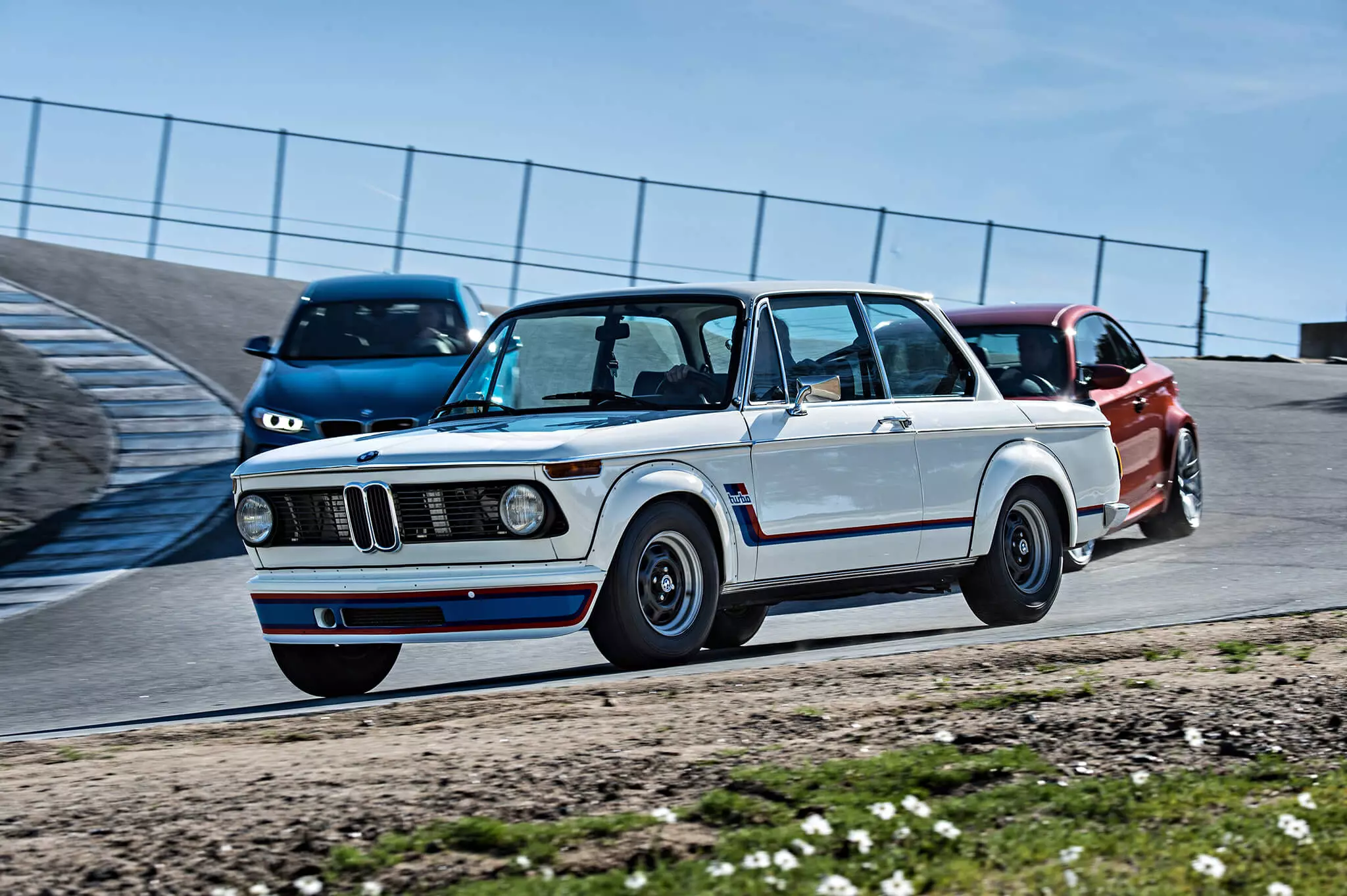
Returning to the present, there is no doubt that we have a lot to thank for the grumpy old 2002 Turbo. Long live the M division! May the sports division of BMW continue to offer us models as striking as this one in the future. It's not asking for a little...
